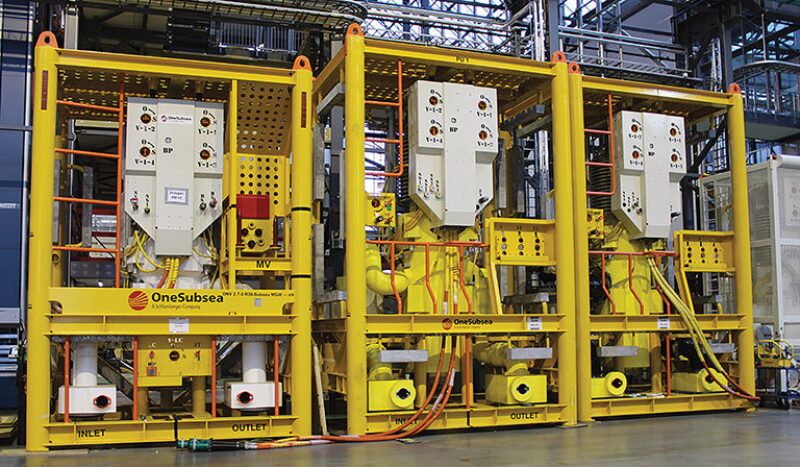The first subsea multiphase boosting system was installed in 1994. Since then, it has grown into a technology with a global track record. This paper is aimed at identifying potentially significant hidden value of the technology, or aspects thereof that have not received adequate attention during the field-development decision-making process. The authors demonstrate that a more-complete and -integrated assessment approach can reveal this additional value.
Introduction
The effect of boosting on increased recovery is realized through lowering of the wellhead, bottomhole, or reservoir pressure at which hydrocarbons can be produced economically. This translates into a higher degree of reservoir depletion; more-efficient drainage; and, to a certain extent, greater volumes produced.
Increased oil recovery (IOR) has been the primary driver for adding artificial lift to subsea production systems, and also for subsea multiphase boosting.


